There are surprising amounts of hidden sugars in your favorite “healthy” foods. Here are the top eight sources of hidden sugar, and what to eat instead.
The World Health Organization suggests that we limit sugar intake to 5 percent of total calories. In most cases, this would amount to 25 grams or less of sugar per day. (1) Yet the average American consumes closer to 77 grams per day. (2)
When you combine the volume of added sugars we get in foods with those we get in whole foods, like fruit, we are consuming a startling percentage of our food from fructose and added sugar sources.
In need of a sugar detox?
Click here to get your FREE Sugar Detox Guide + Sugar-Free Recipes!
If you want to reduce your sugar intake, start by identifying the places where sugar is hiding. When you eat dessert, you know you’re getting a dose of sugar. But what about snacks you consider healthy?
8 Unlikely Sources of Hidden Sugars
Don’t be fooled into thinking these “healthy” choices are innocent – these foods are notorious for containing a high amount of added sugars. The good news is that there are low-sugar or no-added-sugar replacements for all of these.
1. Yogurt
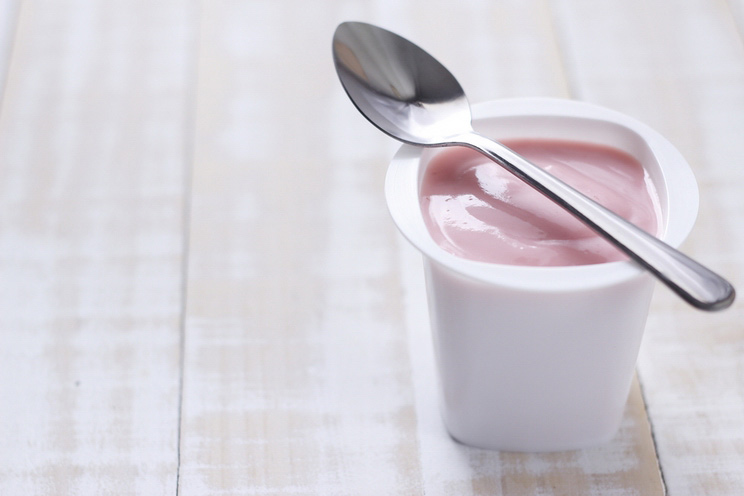
Yogurt is often considered a healthy breakfast or snack option, but most people aren’t buying the plain varieties with no sugar added. Even a basic low-fat vanilla yogurt can contain more than 23 grams of sugar, with no fiber to help slow down absorption. This means that a single container of yogurt can eat up almost an entire day’s allowance of sugar. (3)
If you’re going to buy yogurt from the store, make sure it’s completely unsweetened, then top it with fresh berries. Even better, try making your own non-dairy, low-sugar coconut yogurt at home.
2. Salad Dressing
Salad dressing adds flavor to salads and, in many cases, makes them palatable. Who wants to eat a dry plate of lettuce, right? However, many salad dressings can also contain enough added sugars to put a hefty dent in your daily sugar allowance, with the creamier kinds often containing 13 or more grams of sugar per serving. (4)
Stick to basic vinaigrette dressings rather than creamy ones, or try whipping up this homemade lime tahini dressing – it pairs great with kale.
3. Granola Bars
There are hundreds of varieties of granola bars, nut bars, energy bars, and the like, but one thing that most have in common are sneaky-named sources of added sugars. Depending on the ingredients, these bars can range from 6 to 7 grams of sugar to upwards of 16 grams. (5, 6)
Replace store-bought granola bars with your own DIY snacks, like raw nuts mixed with seeds, beef jerky, or even keto bombs, which are rich in healthy fats and low in sugar.
4. Condiments

How much ketchup do you add to your hamburger or fries? Probably more than you think. An average amount of ketchup used for a meal contains 12 or more grams of sugar, and other condiments aren’t better, with barbecue sauce closer to 16 or more grams. (7, 8)
Choose mustard or mayonnaise over ketchup and BBQ sauce, or even make your own healthy condiments!
5. Nut Butters
Since peanut butter contains protein, many people are fooled into thinking it’s healthy. However, a single serving of peanut butter can contain 13 or more grams of sugar, and some almond butters are even worse, with 15 or more grams for the same serving size. (9, 10)
The good news is that you can easily make your own nut butter and completely skip the added sugars.
6. Veggie Sticks
Crunchy potato chip replacements like veggie sticks or straws seem like a healthy choice for snacking, but unfortunately, a serving of these can contain as many as 12 grams of sugar. (11)
You’re much better off making your own veggie chips right in your own kitchen, with no hard-to-pronounce ingredients. Try these Nacho Cheese Kale Chips or even beet chips!
7. Store-Bought Sauces
Whether you’re making chicken teriyaki or something with a balsamic glaze, the sauces you’re putting on top of your favorite dishes can be a major contributor of sugar. In fact, the average store-bought teriyaki sauce can contain as much as 24 grams of sugar per serving. (12) If you’re pairing that teriyaki sauce with white rice, you’re looking at a major carb overload.
Skip the store-bought stuff and make your sauces at home to cut down on the sugar.
8. Canned Fruit
Canned fruit might seem like a healthy option, but unless you specifically read labels, you could be getting canned fruit that’s loaded with extra sugars. An average serving of canned peaches contains more than 25 grams of added sugars when the same serving in fresh peaches would be 12 grams. (13, 14)
Avoid the canned stuff and reach for a piece of fresh fruit instead. Berries, kiwis, and grapefruit are some great low-sugar options.

Bottom Line
It’s important to be on the lookout for added sugars, even in the foods you assumed were healthy. Knowing the major culprits is half the battle, and fortunately, it’s easy to replace sneaky sugary foods with healthier (and tastier!) substitutes.
(Read This Next: 9 ‘Unhealthy’ Foods You Were Told to Avoid, But Are Actually Good for You)


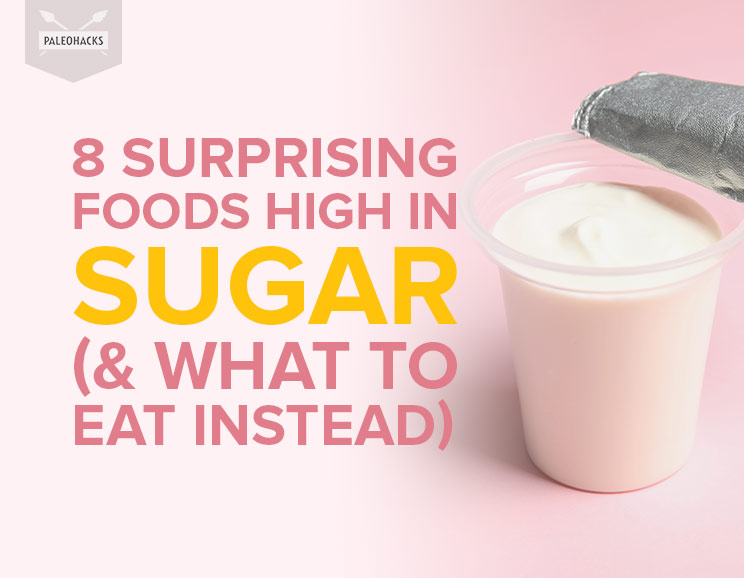
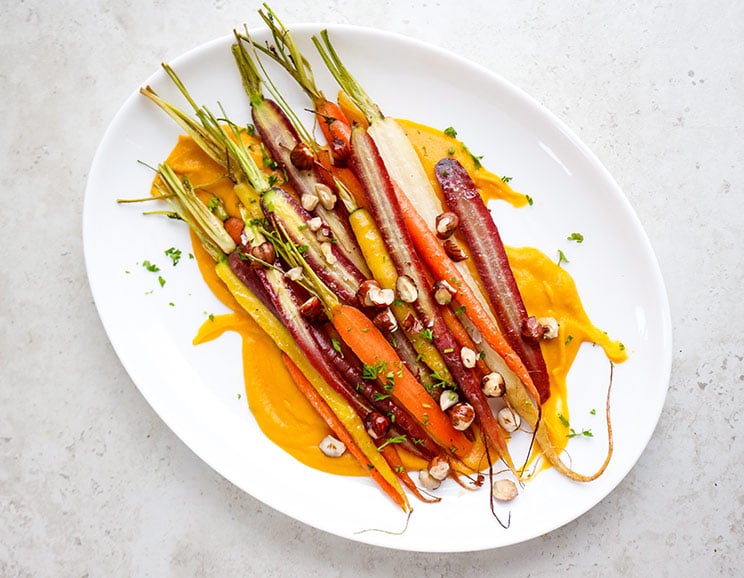 Honey-Roasted Carrots with Sweet Potato Purée and Hazelnuts
Honey-Roasted Carrots with Sweet Potato Purée and Hazelnuts
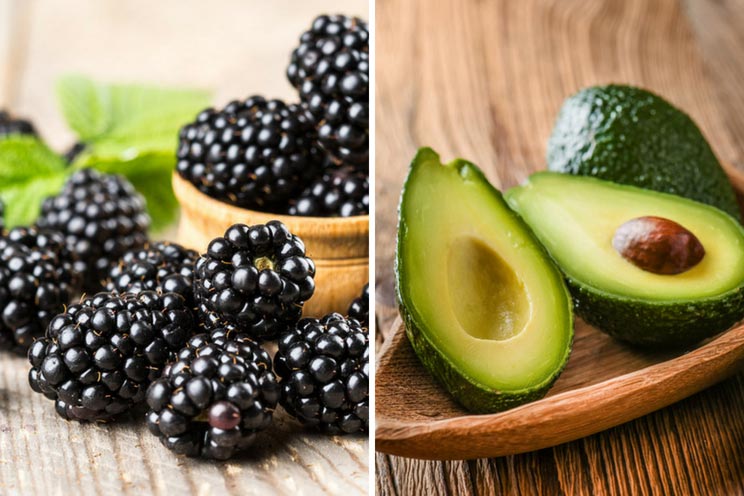

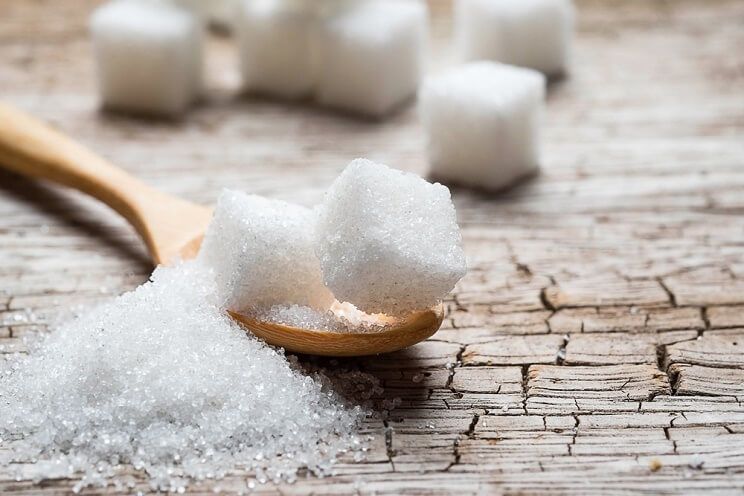
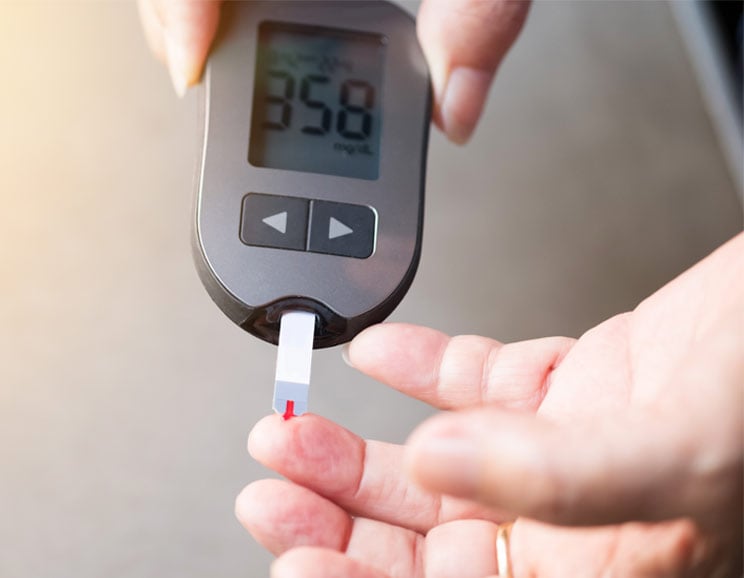

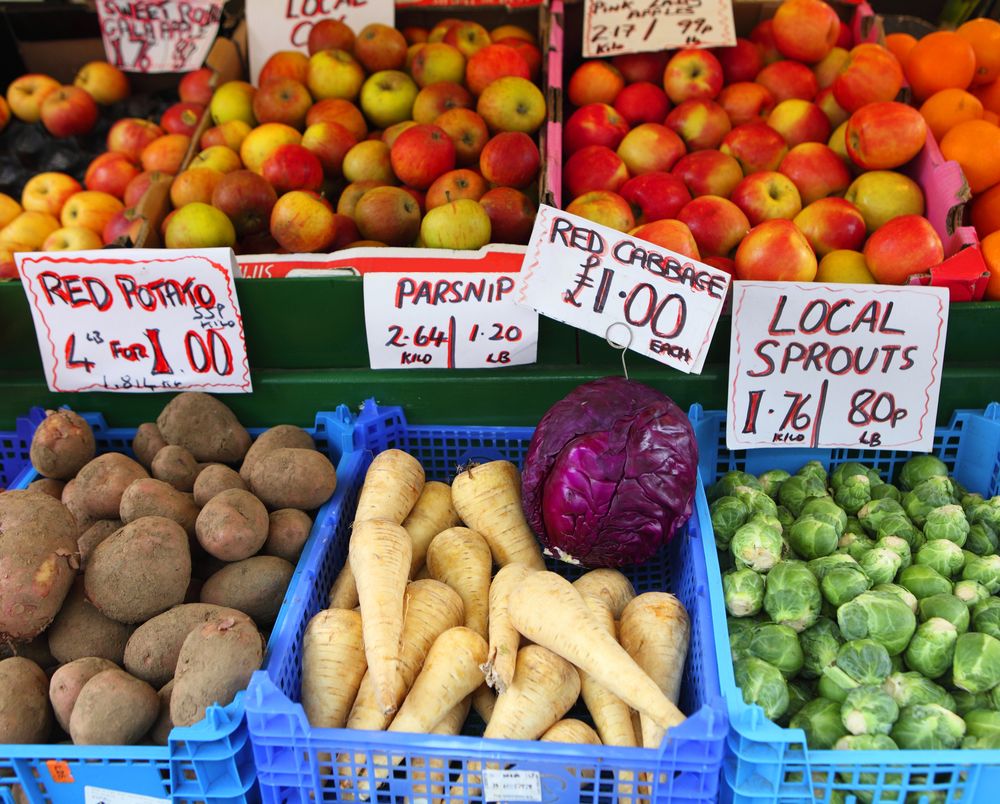



Show Comments